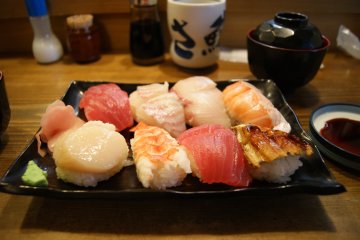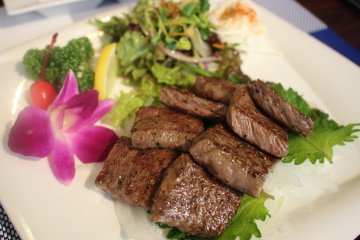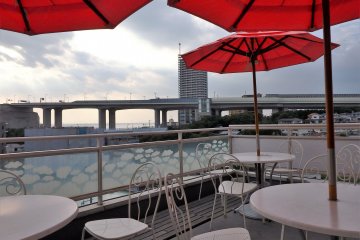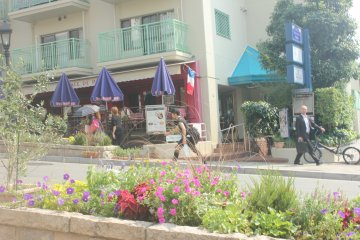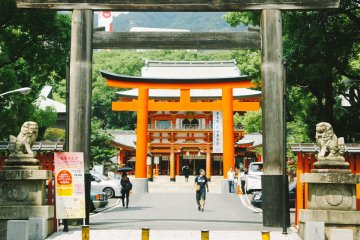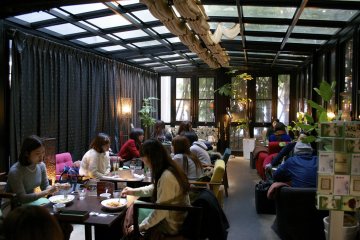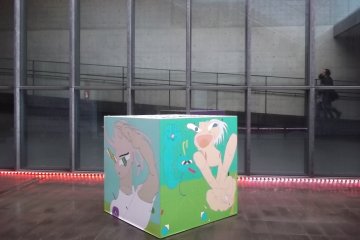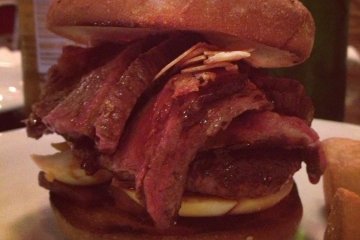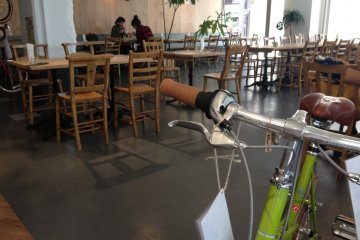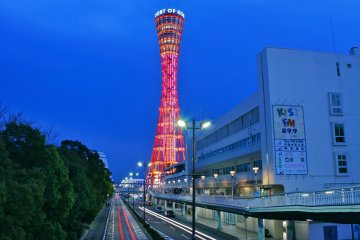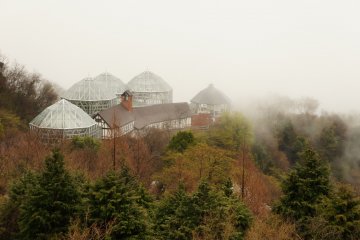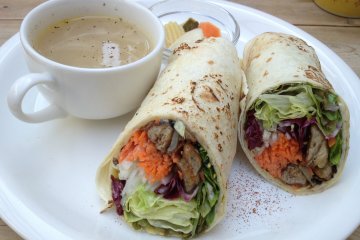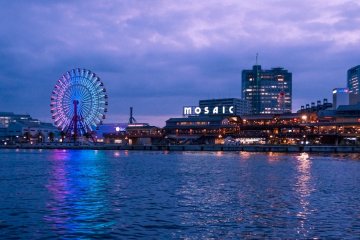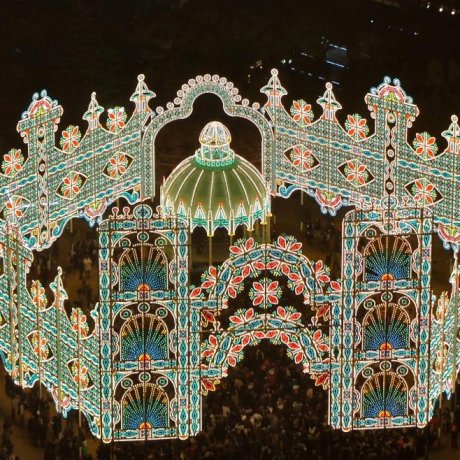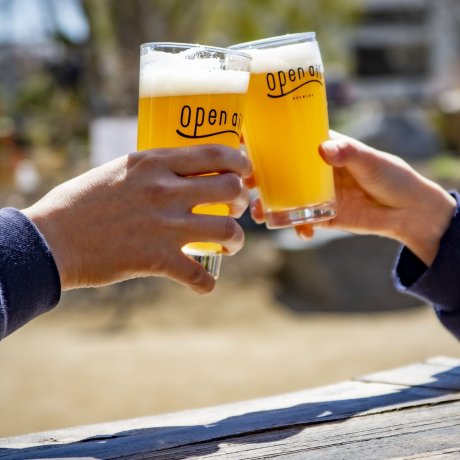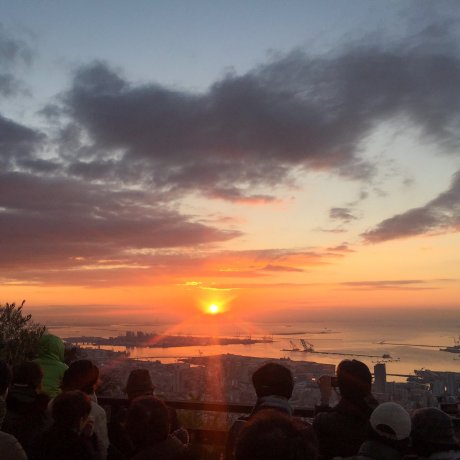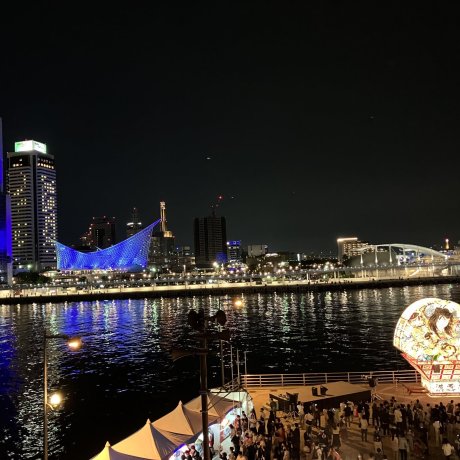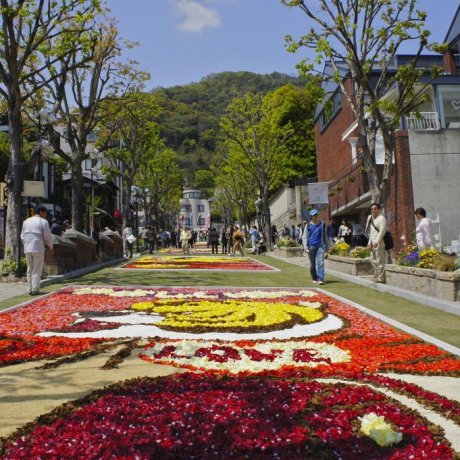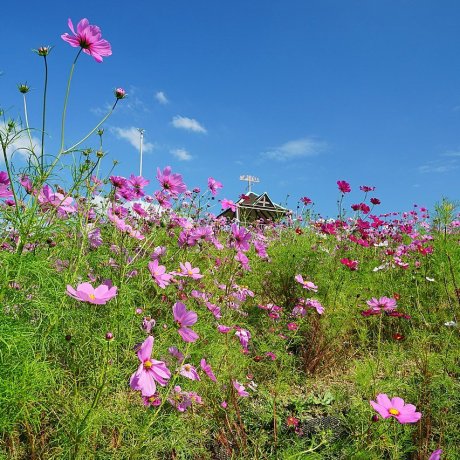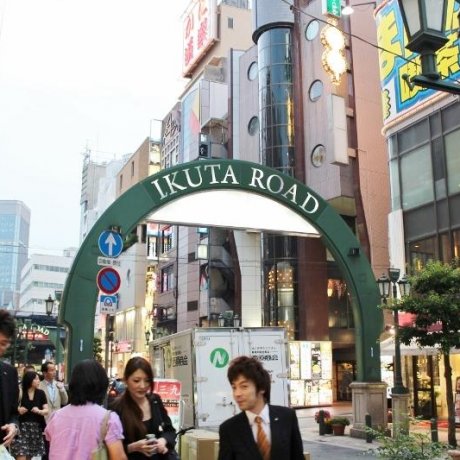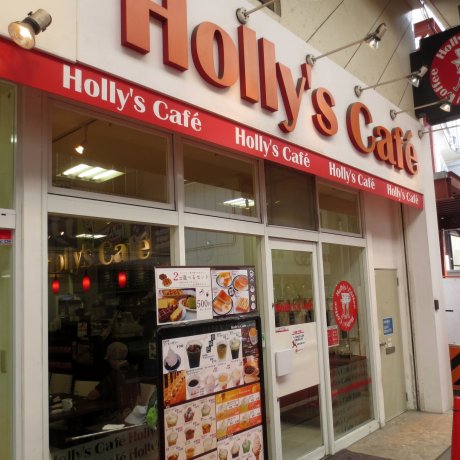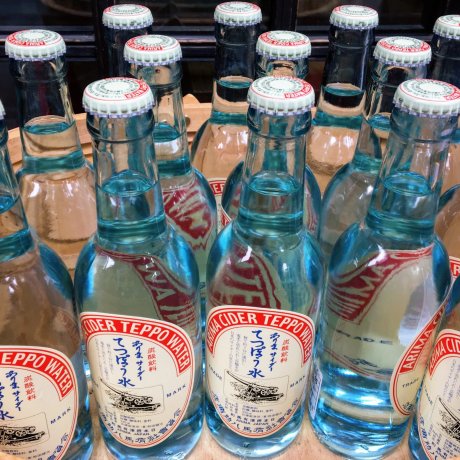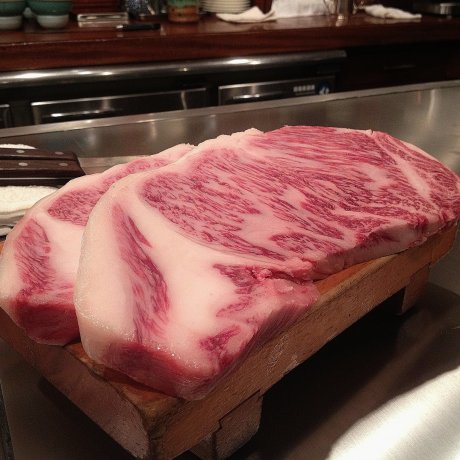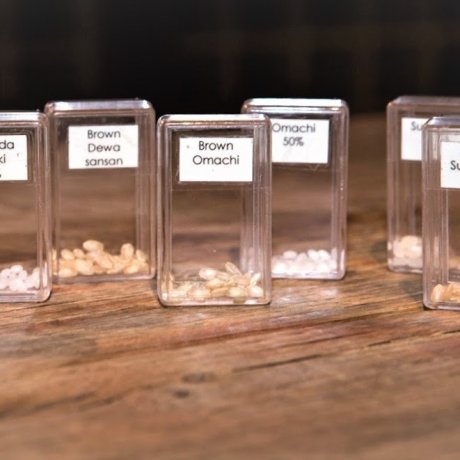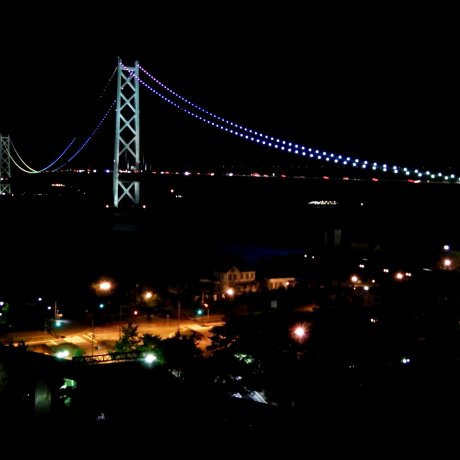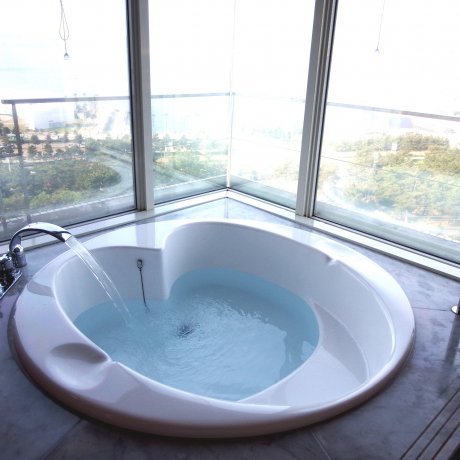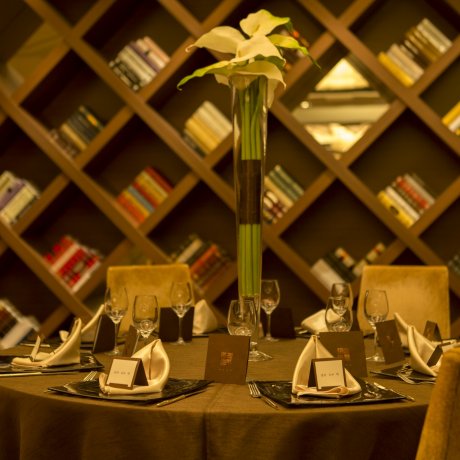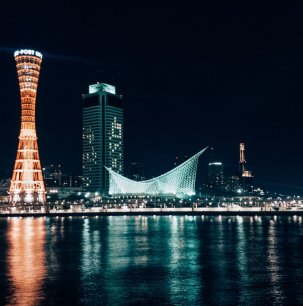
Things to do in Kobe
All
Activities
THINGS_TO_DO_FILTER_BEAUTY_SPA
Culture
Food
Shopping

Activities

Activities
Kobe Port Tower

Activities
Mt. Rokko

Culture
Meriken Park

Activities
Kobe Misaki Stadium

Culture
Hyogo Prefectural Museum of Art

Culture
Hyogo Top 10 Attractions
24
2

Activities
Ten Million Dollar Night View, Kobe
7
1

Beauty & Spa
Arima Onsen: One of Japan’s Oldest Hot Spring Towns

Culture
Arima Or Gero?
11

Culture
Takenaka Carpentry Tools Museum
148
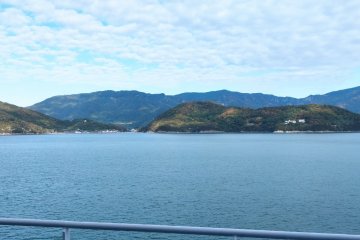
Activities
Shodoshima - Bike, Eat, and Learn

Activities
Zuihoji Park
3
3

Activities
Hydrangea Season Along the Rokko Cable Line
1
1
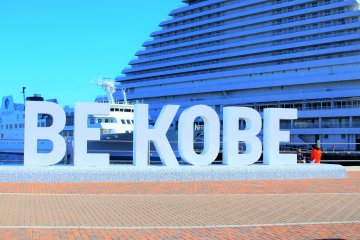
Culture
Meriken Park in Hyogo
2
4
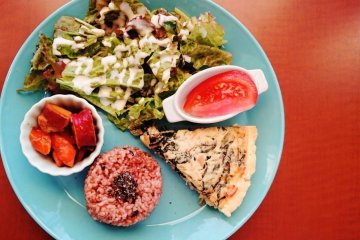
Food
Vegan Cafe Thallo
2
5

Activities
Suma Aqualife Park
1
1
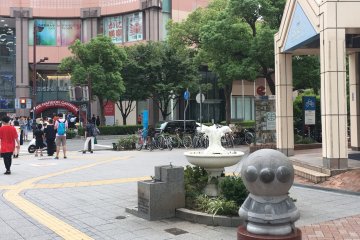
Culture
Kobe Harborland
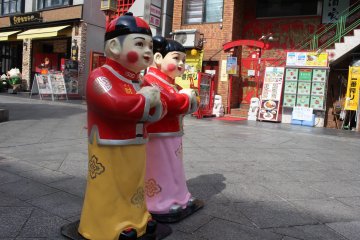
Culture
Nankinmachi - Kobe's Chinatown
2

Culture
Kobe Port Tower
1
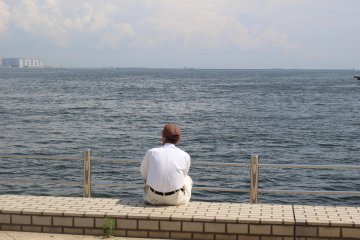
Activities
Meriken Park - Kobe
2
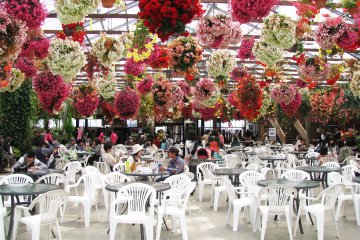
Culture
Flower Kingdom in Kobe
3

Food
Sake Classification

Activities
Discounts for Tourists in Kobe
1

Culture
Takenaka Carpentry Tools Museum
24
2

Culture
Kobe Nunobiki Herb Garden
2
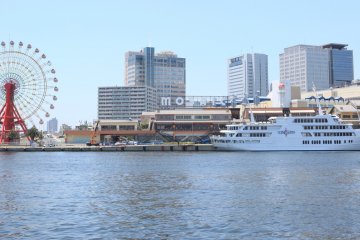
Activities
Top 5 Things to Do in Hyogo
1
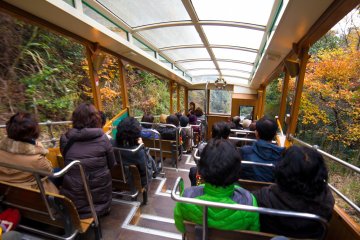
Activities
Tour of Mount Rokko
2
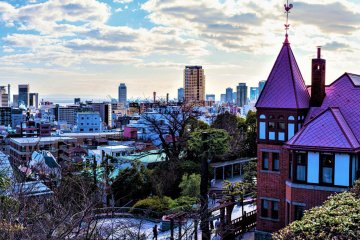
Culture
Kobe Central Church
131
4

Culture
Jazz Statues in Kobe Kitano
1
1

Culture
Exploring Kitano Ijinkan in Kobe

Culture
Kitano-Tenman Shrine in Kobe
1
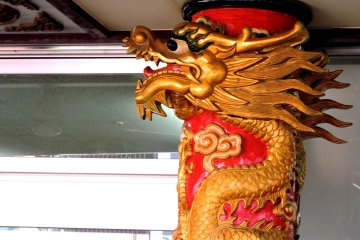
Culture
Walk Through Chinatown in Kobe
2
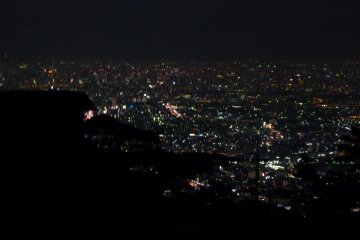
Culture
Wonderful Kobe
1
1
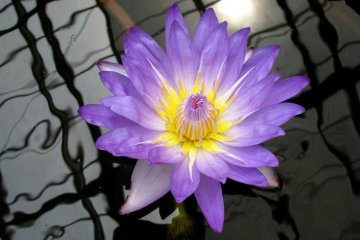
Culture
Charming Water Lilies

Activities
Trekking Mt Rokko
3
10

Culture
Minatogawa Shrine, Kobe
3
1
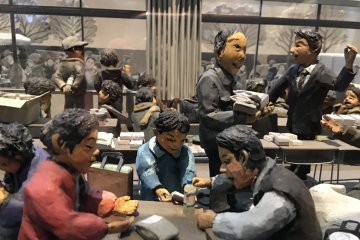
Activities
Kobe Earthquake Memorial Museum
1
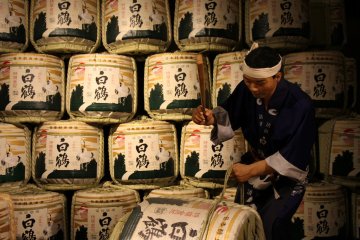
Nightlife
Places to See in Kobe
1
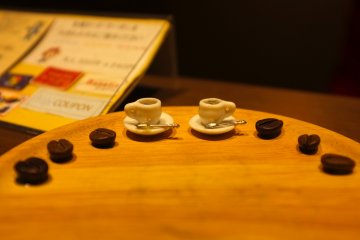
Activities
UCC Coffee Museum, Kobe
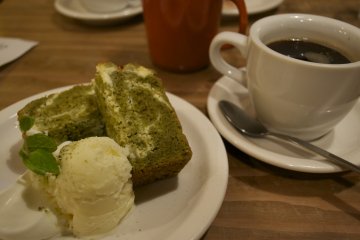
Food
Modernark Pharm Café
1
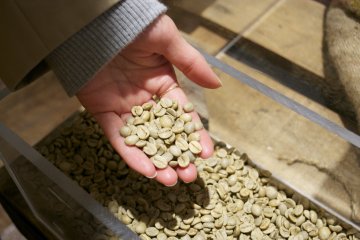
Activities
UCC Coffee Museum in Kobe
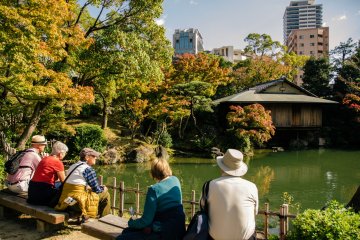
Activities
Sorakuen Garden
1
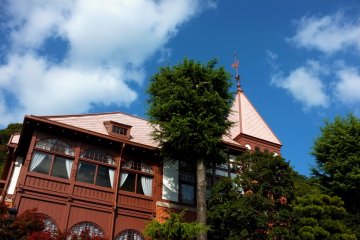
Culture
Kitano-cho’s Ijinkan
1
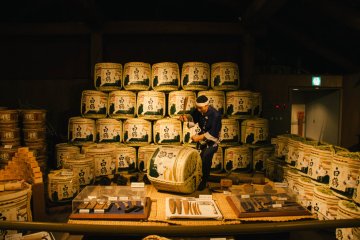
Activities
Hakutsuru Sake Brewery Museum

Activities
Kawasaki Good Times World
28
2

Culture
Ikuta Shrine and Garden
1

Culture
Kobe Muslim Mosque
17
3

Shopping
Dappi Dappi Pet Store in Kobe
3
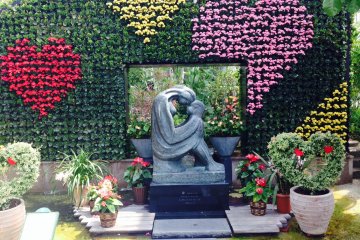
Activities
Kobe's Nunobiki Herb Gardens
1

Culture
Maiko Park
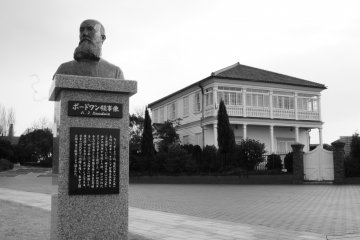
Culture
Minato Ijinkan, Kobe

Culture
Minato Motomachi Station, Kobe
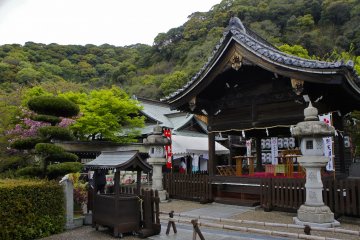
Culture
Kitano Tenman Shrine
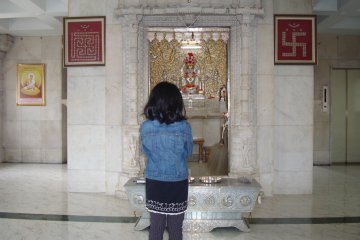
Culture
Kobe Jain Temple

Culture
Kobe Mosaic
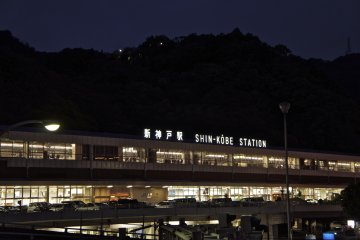
Culture
Shin-Kobe Station

Culture
Kobe Ohashi
1
1
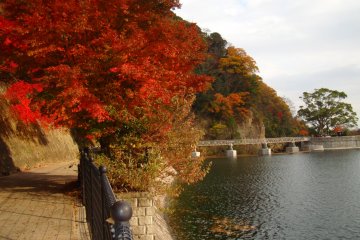
Activities
Autumn colors in Nunobiki, Kobe

Food
Roushouki, Kobe
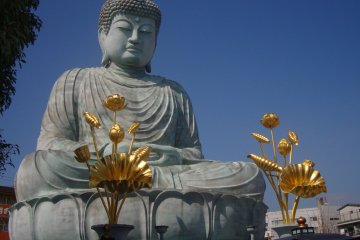
Culture
Great Buddha at Nofukuji Temple
2

Food
Freundlieb, Kobe

Culture
Kobe Baptist Church in Kitano

Culture
Goshikizuka Kofun

Culture
Tetsujin 28 Statue, Kobe
9
1

Culture
Kobe Art Village Centre
2

Activities
Harbourland Kobe
1

Food
Holly's Cafe
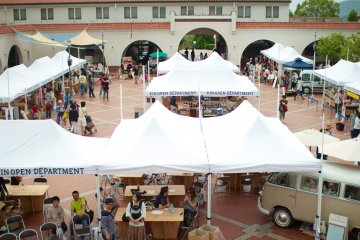
Shopping
Ein Open Department

Activities
Meriken Park
1
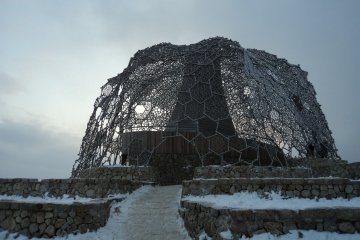
Activities
Mount Rokkō & Shidare Observatory
1
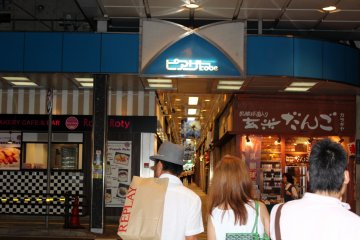
Shopping
Piazza Kobe
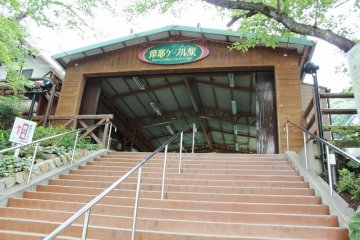
Culture
Maya Cable Car and Ropeway
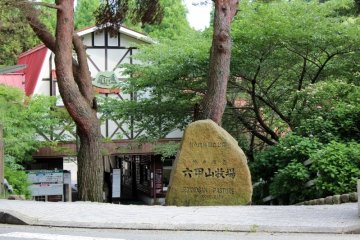
Activities
Rokko Mountain Farm

Activities
Kobe Science Museum

Food
A La Campagne

Food
MOS Burger
2
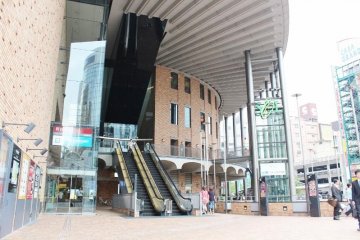
Culture
The Kobe International House
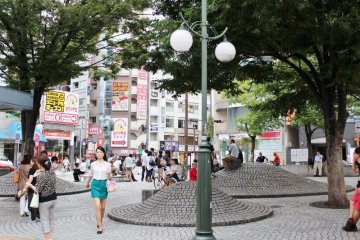
Culture
Bumpy Hill Square

Shopping
OPA Sannomiya

Activities
Kobe Chinatown (Nankinmachi)

Activities
Kobe Port Tower

Activities
Mt. Rokko

Activities
Kobe Misaki Stadium

Activities
Ten Million Dollar Night View, Kobe
7
1

Activities
Shodoshima - Bike, Eat, and Learn

Activities
Zuihoji Park
3
3

Activities
Hydrangea Season Along the Rokko Cable Line
1
1

Activities
Suma Aqualife Park
1
1

Activities
Meriken Park - Kobe
2

Activities
Discounts for Tourists in Kobe
1

Activities
Top 5 Things to Do in Hyogo
1

Activities
Tour of Mount Rokko
2

Activities
Trekking Mt Rokko
3
10

Activities
Kobe Earthquake Memorial Museum
1

Activities
UCC Coffee Museum, Kobe

Activities
UCC Coffee Museum in Kobe

Activities
Sorakuen Garden
1

Activities
Hakutsuru Sake Brewery Museum

Activities
Kawasaki Good Times World
28
2

Activities
Kobe's Nunobiki Herb Gardens
1

Activities
Autumn colors in Nunobiki, Kobe

Activities
Harbourland Kobe
1

Activities
Meriken Park
1

Activities
Mount Rokkō & Shidare Observatory
1

Activities
Rokko Mountain Farm

Activities
Kobe Science Museum

Beauty & Spa
Arima Onsen: One of Japan’s Oldest Hot Spring Towns

Culture
Meriken Park

Culture
Hyogo Prefectural Museum of Art

Culture
Hyogo Top 10 Attractions
24
2

Culture
Arima Or Gero?
11

Culture
Takenaka Carpentry Tools Museum
148

Culture
Meriken Park in Hyogo
2
4

Culture
Kobe Harborland

Culture
Nankinmachi - Kobe's Chinatown
2

Culture
Kobe Port Tower
1

Culture
Flower Kingdom in Kobe
3

Culture
Takenaka Carpentry Tools Museum
24
2

Culture
Kobe Nunobiki Herb Garden
2

Culture
Kobe Central Church
131
4

Culture
Jazz Statues in Kobe Kitano
1
1

Culture
Exploring Kitano Ijinkan in Kobe

Culture
Kitano-Tenman Shrine in Kobe
1

Culture
Walk Through Chinatown in Kobe
2

Culture
Wonderful Kobe
1
1

Culture
Charming Water Lilies

Culture
Minatogawa Shrine, Kobe
3
1

Culture
Kitano-cho’s Ijinkan
1

Culture
Ikuta Shrine and Garden
1

Culture
Kobe Muslim Mosque
17
3

Culture
Maiko Park

Culture
Minato Ijinkan, Kobe

Culture
Minato Motomachi Station, Kobe

Culture
Kitano Tenman Shrine

Culture
Kobe Jain Temple

Culture
Kobe Mosaic

Culture
Shin-Kobe Station

Culture
Kobe Ohashi
1
1

Culture
Great Buddha at Nofukuji Temple
2

Culture
Kobe Baptist Church in Kitano

Culture
Goshikizuka Kofun

Culture
Tetsujin 28 Statue, Kobe
9
1

Culture
Kobe Art Village Centre
2

Culture
Maya Cable Car and Ropeway

Culture
The Kobe International House

Culture
Bumpy Hill Square

Food
Vegan Cafe Thallo
2
5

Food
Sake Classification

Food
Modernark Pharm Café
1

Food
Roushouki, Kobe

Food
Freundlieb, Kobe

Food
Holly's Cafe

Food
A La Campagne

Food
MOS Burger
2

Shopping
Dappi Dappi Pet Store in Kobe
3

Shopping
Ein Open Department

Shopping
Piazza Kobe

Shopping


